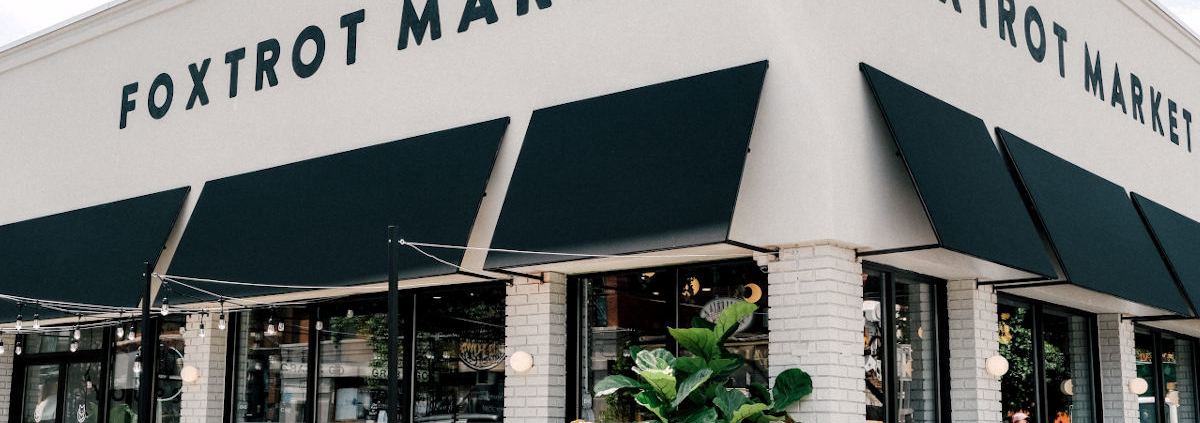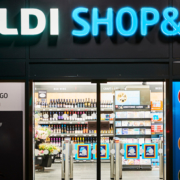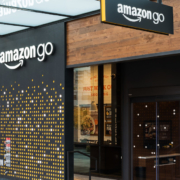Foxtrot Testing Out Cashierless Technology
The pandemic has brought numerous changes in the retail market. Online grocery business is booming. Many startups have joined the competition with Amazon Fresh, but with the twist of delivery time down to 30 minutes. Fast as Gorilla, even pushes the limit to 10 minutes. On the other hand, Amazon expands its online grocery business into brick-and-mortar retail stores. All the Amazon Go stores are using its Just Walk Out Cashierless technology.
One way or another, the market is trying to elevate the “convenience” to a whole new level. The new player “Foxtrot” takes on both of them.
Who is Foxtrot?
Foxtrot was founded in 2014 in Chicago. It started as an online grocery platform that delivers within an hour. Currently it has 16 brick-and-mortar stores operating in Chicago, Dallas, and Washington. In January, Foxtrot has brought in $100 million in Series C funding and expects to add 50 more stores over the next two years.
There are many labels for Foxtrot: a convenience store, a café, a restaurant, or a market. Foxtrot describes itself as “a new take on your typical corner store”. It’s a one-stop-shop that offers a curated collection of daily essentials in-store. As an “upscaled” convenience store, it has freshly brewed coffee, curated groceries, and chef-prepared meals. Plus an area for the shoppers to rest or enjoy a conversation with friends. The retailer said, the new stores will “amplify the AM to PM neighborhood experience, from locally roasted espresso in the morning and discovery-based shopping throughout the day to a cozy wine shop and bustling bar in the evening.”
There are two types of grocery shopping now. One is a chore; the other is a small entertainment. Foxtrot is no doubt the latter. Its strength lies in its curated merchandising. You will find the majority of products are from small businesses and local makers, that you see nowhere else.
Why is Foxtrot testing out Cashierless technology in stores?
Like all the other grocery stores, implementing Cashierless technology in-store can avoid waiting time for the shoppers, therefore strengthening the “convenience”. In return, the time saved can be allocated towards storytelling and interacting with customers. After all, Foxtrot wants to foster a community, bounding with its customers.
The advantage
One of the biggest advantages of Cashierless technology is about the data. According to Foxtrot’s data, its omnichannel customers shop the retailer on average six times each month, spending evenly between in-store and delivery. Foxtrot gets the online data from their app mostly. In store, Cashierless technology is the source for in-time data. By comparing the data between online and in-store, Foxtrot can tie customer shopping habits in-store to their online purchase and vice versa.
Foxtrot takes pride in its curation expertise and ability to lead the trends. It constantly tests the market and adjusts with the inventory. With instant data collection in omnichannel, the team can speed up decision-making. Foxtrot’s private label currently makes up about 30% of its product assortment. The collected data will also help to identify new opportunities for R&D.
Foxtrot’s success shows us how companies can get ahead of competition by using an omnichannel approach utilizing the collected data. Cashierless technology is becoming a vital part if one wants to stay competitive in the market.





 Aldi
Aldi 
